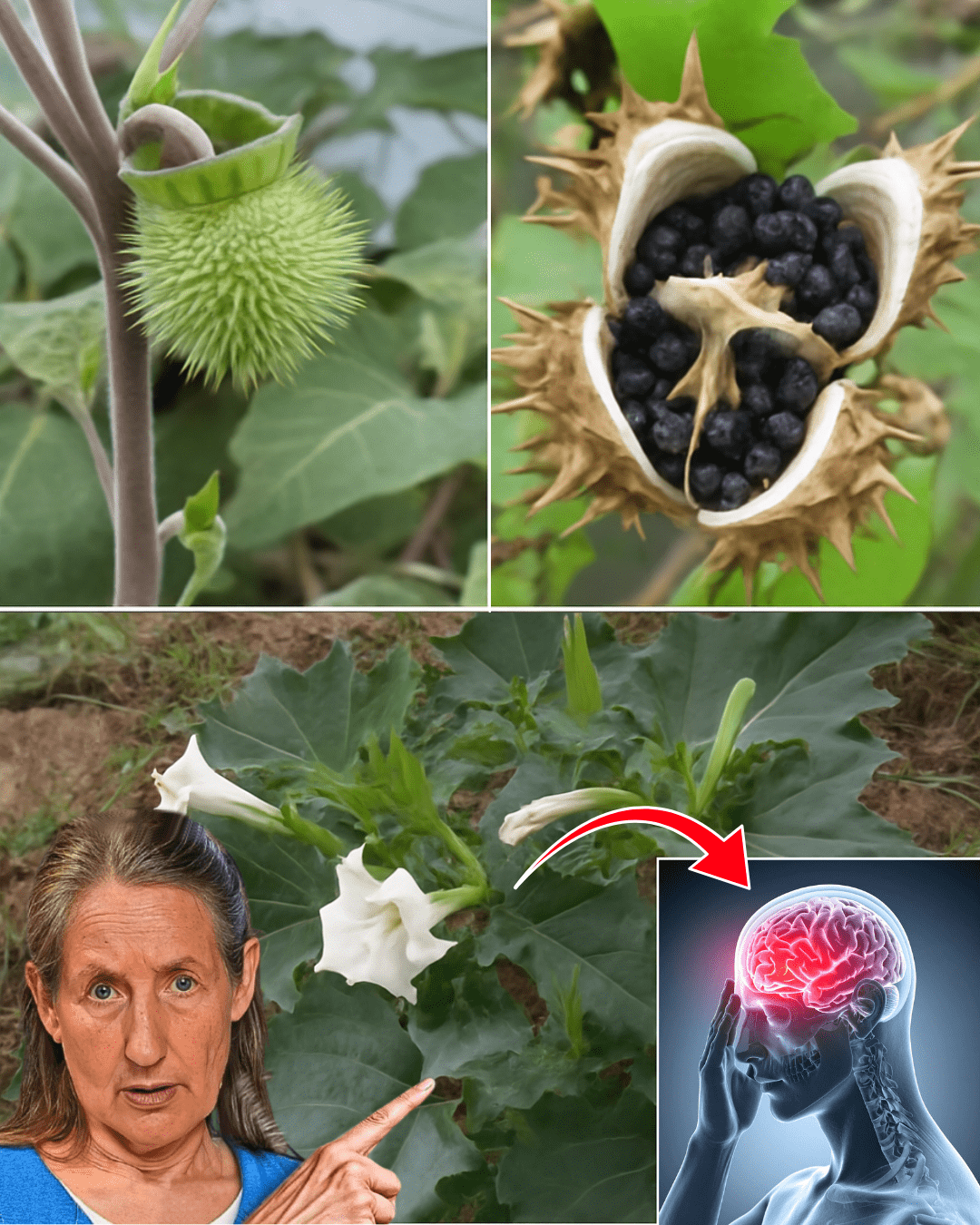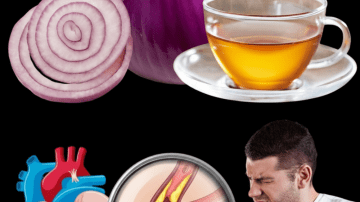Picture a plant so captivating it stops you in your tracks—elegant trumpet-shaped flowers glowing under moonlight, their sweet, heavy fragrance drifting through the night air. Now imagine that same plant harbors a secret so potent it could alter your mind or even endanger your life. Meet Datura stramonium, known as thorn apple, jimsonweed, or devil’s trumpet—a botanical marvel that’s equal parts alluring and alarming. For centuries, this plant has woven itself into folklore, medicine, and mystery, captivating botanists, healers, and storytellers alike. But its toxic allure demands respect. Ready to uncover the enigma of Datura stramonium and explore its beauty, power, and hidden dangers? Let’s dive into the fascinating world of this extraordinary plant.

🌿 The Allure of Datura Stramonium
Datura stramonium belongs to the nightshade family (Solanaceae), sharing lineage with familiar plants like tomatoes and potatoes, as well as the infamous deadly nightshade. Native to the Americas, it has spread across the globe, thriving in disturbed soils along roadsides, pastures, and wastelands. Its striking features make it a standout in any landscape, but its potent chemical makeup is what truly sets it apart.
Key Characteristics
- Height: Reaches up to 1.5–2 meters, towering over smaller plants.
- Leaves: Broad, dark green, with jagged, irregular lobes.
- Flowers: Large, trumpet-shaped blooms, typically white or pale purple, that unfurl at night, exuding a sweet yet intoxicating scent.
- Seed Pods: Spiky, oval capsules that burst open when mature, releasing tiny black seeds.
These features make Datura stramonium a visual spectacle, but its beauty is a double-edged sword, concealing a potent mix of compounds that demand caution.
🧪 The Potent Chemistry Behind the Plant
What makes Datura stramonium so powerful—and dangerous? The answer lies in its rich cocktail of alkaloids, including atropine, scopolamine, and hyoscyamine. These compounds target the central and peripheral nervous systems, blocking the neurotransmitter acetylcholine.
Effects of Alkaloids
The effects of these alkaloids can range from mild sedation to intense hallucinations, delirium, and even life-threatening symptoms in high doses. While these properties have been harnessed in traditional medicine, they also make Datura stramonium a plant to approach with utmost care.
A Historical Perspective
For centuries, cultures worldwide have used Datura stramonium for its medicinal and psychoactive properties. From ancient shamans to early herbalists, the plant was revered for its ability to alter consciousness and treat ailments, but always with strict protocols to avoid its toxic risks.
🌟 Historical and Cultural Significance
Datura stramonium has left an indelible mark on human history, weaving its way into rituals, remedies, and folklore across cultures.
Ancient Healing Traditions
In traditional medicine systems, Datura stramonium was used sparingly to address conditions like asthma, pain, and muscle spasms. Its sedative and antispasmodic properties made it a valuable tool in the hands of skilled healers who understood its potency.
Spiritual and Ritual Use
In various cultures, the plant’s psychoactive effects were employed in spiritual ceremonies, inducing visions or trance-like states. However, these practices were tightly controlled, as misuse could lead to dangerous consequences.
Folklore and Mystique
Known as “devil’s trumpet” for its striking flowers and potent effects, Datura stramonium has inspired tales of mystery and caution. Its dual nature—beautiful yet perilous—has cemented its place as a symbol of nature’s complexity.
⚠️ The Hidden Dangers of Datura Stramonium
While Datura stramonium may captivate with its beauty, its toxicity cannot be overstated. Every part of the plant—leaves, flowers, seeds, and roots—contains high levels of alkaloids that are highly toxic to humans and animals.
Symptoms of Poisoning
Ingesting or mishandling Datura stramonium can lead to severe symptoms, including:
- Hallucinations and delirium
- Rapid heartbeat
- Blurred vision
- Dry mouth and difficulty swallowing
- Confusion and disorientation
- In extreme cases, coma or death
Accidental Exposure Risks
Despite its dangers, Datura stramonium is sometimes grown for its ornamental appeal or used recreationally for its hallucinogenic effects. This poses significant risks, especially in households with children or pets who may unknowingly come into contact with the plant.
🛡️ Preventing and Managing Risks
To safely coexist with Datura stramonium, awareness and caution are key. Here’s how to protect yourself and your loved ones:
Know the Plant
Familiarize yourself with Datura stramonium’s distinctive features—spiky seed pods, trumpet-shaped flowers, and jagged leaves—to avoid accidental contact or cultivation.
Safe Gardening Practices
If you suspect Datura stramonium is growing in your garden, remove it carefully. Wear gloves, avoid touching your face, and dispose of the plant securely to prevent exposure.
Immediate Action for Exposure
If you or someone else has ingested or come into contact with Datura stramonium, seek medical attention immediately. Prompt treatment is critical for a positive outcome.
A Word of Caution
Due to its toxicity, Datura stramonium is not recommended for home gardens, especially where children or pets are present. Opt for safer ornamental plants to achieve a similar aesthetic without the risks.

🌱 How to Approach Datura Stramonium Safely
While Datura stramonium has historical medicinal uses, its modern applications are limited due to its toxicity. However, understanding its properties can deepen your appreciation for its role in nature and history.
Medicinal Use with Caution
In controlled settings, Datura stramonium has been used in minute doses for conditions like asthma or muscle spasms. However, these applications require expert supervision and are not suitable for home use.
Ornamental Appeal
If you’re drawn to Datura stramonium for its beauty, consider safer alternatives with similar trumpet-shaped flowers, such as angel’s trumpet (Brugmansia), which is less toxic but still requires caution.
Educational Exploration
Study Datura stramonium through botanical texts or guided tours to appreciate its significance without direct handling. Its story is a fascinating blend of science, history, and cautionary tales.
Important Note: Never attempt to use Datura stramonium for medicinal or recreational purposes without professional guidance. Its potency makes it a high-risk plant, and safer alternatives are available for most of its historical uses.
🌟 Why Datura Stramonium Captivates Us
Datura stramonium is a plant of profound contrasts—its ethereal beauty masks a dangerous potency, and its historical significance underscores nature’s complex gifts. From ancient healing rituals to modern botanical studies, this plant reminds us of the delicate balance between awe and caution. Its striking flowers and spiky pods are a testament to nature’s ability to create both wonder and warning in a single form.
By understanding Datura stramonium, you gain insight into the intricate relationship between humans and the natural world. It’s a plant that demands respect, inviting us to marvel at its beauty while acknowledging its power.
💡 Embrace Nature’s Lessons with Care
The next time you spot a Datura stramonium plant, pause to appreciate its enigmatic allure—but keep your distance. Its story is a powerful reminder to approach nature with curiosity and caution. Instead of planting it in your garden, explore its history through research or share its tale with others. Let Datura stramonium inspire you to discover the hidden wonders of the natural world, always with respect for its untamed power.






